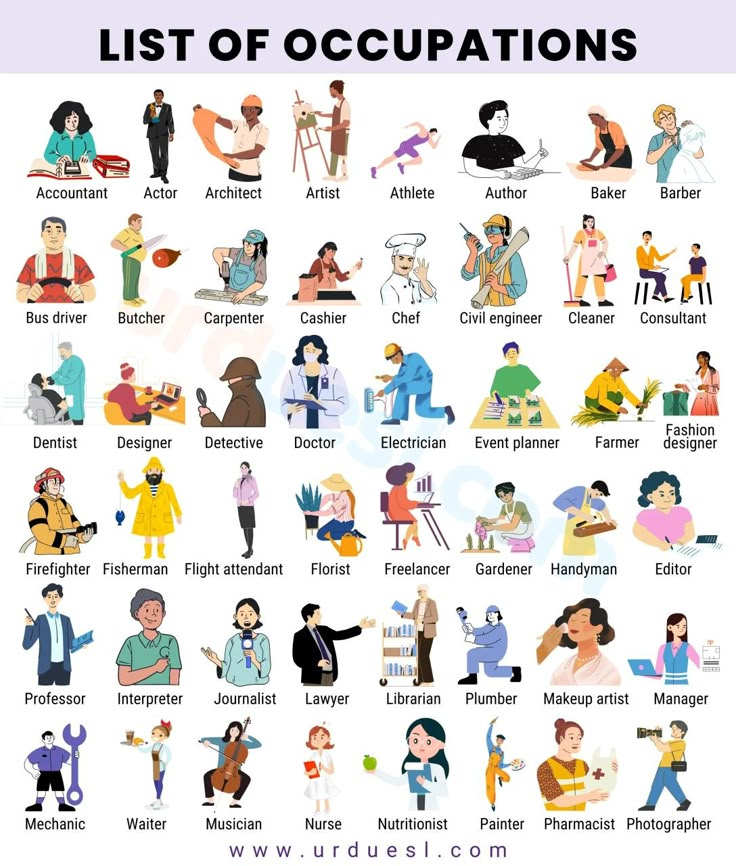Is Drafting a Good Career? Pay, Outlook, Skills, and How to Get Started
Overview: Is Drafting a Good Career?
Drafting can be a solid career for people who enjoy turning concepts into precise technical drawings, value steady full-time work, and want a practical path from a two-year program into in-demand roles. According to the U.S. Bureau of Labor Statistics (BLS), the median annual wage for drafters was
$65,380 in May 2024
, and employers still post thousands of openings each year due to retirements and career changes, even as overall employment is projected to decline slightly over the decade
[1]
. Industry reports for architectural drafting echo similar pay ranges and note that replacement openings remain meaningful despite modest headwinds from automation and productivity tools
[2]
.
What Drafters Do Day to Day
Drafters use computer-aided design (CAD) software to convert designs from engineers and architects into accurate technical drawings and plans. Work typically involves collaborating with project teams, applying drafting standards, annotating drawings, and making revisions through the design and construction process. Most drafters work full-time, primarily in office settings, and may periodically visit jobsites to coordinate details with engineers and architects [1] .
Salary, Roles, and Long-Term Outlook
Pay
: The BLS reports a median wage of
$65,380
for all drafters as of May 2024, reflecting stable earnings for a field commonly entered through community college or technical programs
[1]
. Architectural-focused sources describe a similar band and highlight that experienced or specialized drafters may earn more, particularly in markets with strong construction or infrastructure demand
[2]
. While some job boards list higher figures for niche titles, real compensation varies by specialty, location, employer type, and experience, and candidates should compare multiple sources and local postings to gauge their market.
Outlook
: The BLS projects a
1% decline
in total drafting employment from 2023 to 2033. However, it also estimates about
16,900 openings per year
on average due to replacement needs (retirements and transfers), which is significant for job seekers with current skills and strong portfolios
[1]
. Architectural industry commentary similarly notes that while automation reduces some manual tasks, specialized roles and BIM-centric workflows continue to create opportunities for trained professionals who stay current on tools
[2]
.

Source: nzcareerexplorer.com
Who Thrives in Drafting
Drafting may be a good fit if you enjoy precision, visual problem-solving, and collaborating with technical teams. Success often comes from disciplined attention to detail, comfort with standards and codes, and the ability to iterate quickly as designs evolve. People who like steady, production-oriented work-and who also want a path to grow into BIM coordination, detailing lead, or designer roles-tend to find the career satisfying. Those seeking rapid job growth purely by headcount may prefer adjacent roles such as engineering technologist or project management, while those drawn to hands-on fieldwork might explore surveying or construction roles.
Education and Entry Pathways
Typical entry : Drafters typically complete postsecondary education after high school through community college or technical school programs, often leading to an associate of applied science in drafting or a related certificate. These programs teach CAD fundamentals, technical drawing, and discipline-specific standards (architectural, civil, mechanical, electrical) [1] .
Actionable steps to get started :
- Identify a local community college or technical school that offers drafting, CAD, or BIM certificates or an associate degree. You can search for program names like “CAD Technology,” “Architectural Drafting,” or “Mechanical Drafting.”
- Ask program advisors about software taught (e.g., AutoCAD, Revit, Civil 3D, SolidWorks), internship opportunities, and portfolio requirements.
- Plan 12-24 months for core training, plus optional internships or co-ops to build experience and references.
Alternatives : If you cannot access a local program, consider online courses from established software vendors or recognized training partners. When choosing online options, verify the provider’s reputation and ensure coursework includes practical projects you can showcase.
Essential Skills and Tools
Software : For architectural and civil tracks, common tools include AutoCAD and Revit; for mechanical, SolidWorks or Inventor; for electrical, AutoCAD Electrical or similar. Job descriptions often list discipline standards, drawing conventions, and sheet set management as core competencies. The BLS emphasizes CAD proficiency and collaboration with engineers and architects as central to the role [1] .
Core competencies :
- Reading and producing technical drawings with correct dimensions, tolerances, and annotations.
- Understanding building systems or manufacturing processes relevant to your specialty.
- Revision control, file organization, and adherence to standards.
- Communication with engineers, architects, and project managers.
How to build them : Start with foundational CAD coursework, then practice on realistic projects such as a small residential plan set (architectural), a site layout with utilities (civil), or a parts and assemblies drawing package (mechanical). Seek feedback from instructors or mentors and iterate your portfolio.
Career Paths and Advancement
Early-stage roles : Junior or CAD Drafter producing redline updates, detailing, and sheet formatting. Focus on reliability, speed with accuracy, and learning standards.
Mid-stage paths : Specialist drafter (architectural, civil, mechanical, electrical), BIM modeler/coordinator, and discipline detailer. At this stage, you may start mentoring junior team members and coordinating across disciplines.
Advanced roles : Senior drafter, BIM lead, design technologist, or transitions into designer roles where you take on more scope definition and coordination. Industry sources note practical growth into specialized BIM and coordination positions for those who master modern tools and workflows [2] .
Real-World Example Scenarios
Architectural drafting case : A graduate from a two-year drafting program joins a mid-sized architecture firm as a junior drafter. In the first year, they update floor plans and elevations in Revit under a project architect’s supervision. By year three, after learning family creation and sheet set management, they move into a BIM coordinator role, overseeing model health and clash detection. Their compensation grows as they assume responsibility for deliverables and train interns. This progression aligns with sources highlighting growth into BIM-focused roles with tool mastery [2] .
Manufacturing drafting case : A certificate holder enters a manufacturing firm creating fabrication drawings for machined parts. They develop proficiency in geometric dimensioning and tolerancing (GD&T) and product data management (PDM). With consistent quality and cycle-time improvements, they become a lead detailer and later shift toward design technician tasks, collaborating closely with mechanical engineers.
Challenges and How to Mitigate Them
Automation and productivity tools : CAD and BIM tools can reduce manual drafting time, contributing to the BLS’s slight projected decline in total employment. Mitigation: differentiate through multidiscipline skills, BIM coordination, parametric modeling, and standards development. Staying current with software versions and plugins increases your value to teams [1] .
Market cyclicality : Architectural and construction cycles affect hiring. Mitigation: cultivate transferable skills (e.g., civil site drafting, MEP coordination, manufacturing detailing) and maintain a portfolio that demonstrates versatility across project types.
Portfolio quality : Breaking in without practical examples is difficult. Mitigation: complete capstone projects, volunteer for open-source or community design efforts when appropriate, and request permission to include de-identified samples from internships.

Source: nzcareerexplorer.com
Step-by-Step: How to Enter the Field in 6-12 Months
- Assess your focus : Choose a track (architectural, civil, mechanical, electrical) based on your interests and local job demand. Review regional postings to see recurring software and standards.
- Enroll in targeted training : Consider a community college certificate or selected courses that cover CAD fundamentals, drawing standards, and at least one advanced workflow (e.g., Revit family creation or assembly drawings).
- Build a project portfolio : Produce two to three complete, realistic project sets. Include a cover sheet, plans, sections/elevations, details, and schedules (or assemblies and exploded views for mechanical).
- Get practical exposure : Pursue internships, part-time CAD roles, or freelance redline work to gain references and version-control experience.
- Prepare for interviews : Be ready to walk through your drawings and explain standards used, decision trade-offs, and revision history. Emphasize quality checks and collaboration.
- Iterate and specialize : After your first role, identify a specialization-BIM coordination, code-heavy detailing, or discipline-specific modeling-and deepen skills to increase your leverage and pay potential.
Credentialing and Continuous Learning
While licensing is not typically required for entry-level drafting, employers value recognized coursework, strong portfolios, and proficiency tests. Many organizations provide on-the-job training, and some support continuing education for advanced tools. The BLS notes that many drafters prepare via associate-level programs and maintain skills through workplace practice and updated software training over time [1] .
How to Evaluate Local Opportunity
Compare postings : Search your metro area for “CAD drafter,” “architectural drafter,” “BIM modeler,” or “mechanical detailer.” Note software requirements, years of experience, and typical duties.
Check compensation sources : Use official occupational data (like the BLS) for national medians and then triangulate with reputable industry articles and local postings to understand your market range. The BLS provides the median and overall outlook, while architectural-focused analyses describe specialization paths and typical ranges by role and region [1] [2] .
Bottom Line: Is Drafting Right for You?
Drafting can be a good career if you want a practical, skills-driven job with stable pay, clear portfolios to showcase your ability, and pathways into BIM, coordination, and design support roles. While overall headcount growth may be modest, steady replacement openings and the ongoing need for accurate technical documentation mean prepared candidates can find opportunities. With an associate-level education, disciplined practice, and an up-to-date portfolio, you can build a resilient career foundation in drafting [1] [2] .
How to Take Action This Week
- List three local schools offering CAD/drafting programs and contact their admissions offices to compare curricula, software coverage, and placement rates.
- Download a trial or student version of a relevant CAD/BIM tool if available from the official vendor and complete a small project to start your portfolio.
- Informational interview two professionals (drafter, BIM modeler, or design technician) to learn about daily tasks and hiring expectations in your area.
- Apply to at least five entry-level or internship postings that align with your chosen specialty, tailoring your resume and portfolio to each role.
References
[1] U.S. Bureau of Labor Statistics (2025). Drafters: pay, outlook, training, and work environment.
[2] Novatr (2025). Architectural Drafter: role, salary ranges, and outlook commentary.


